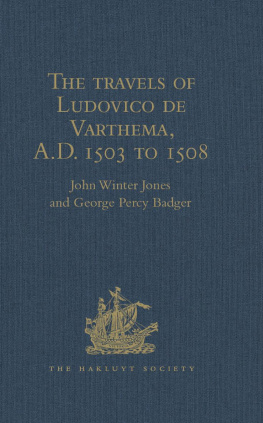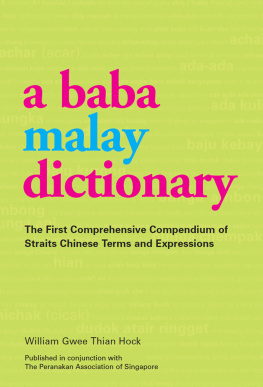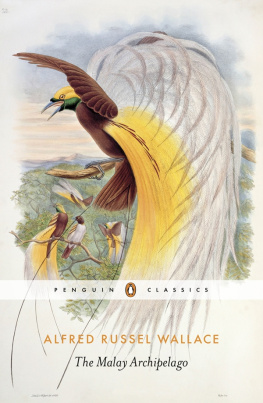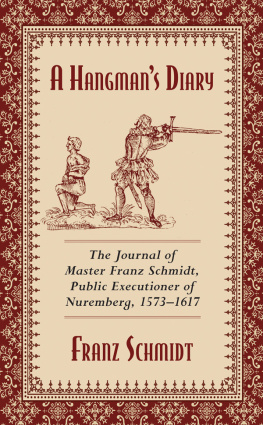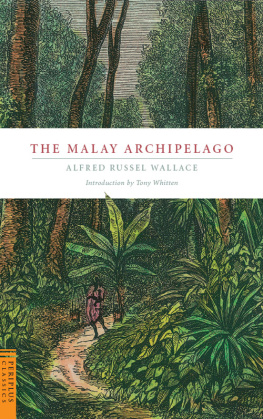I N the spring of 1608 John Jourdain sailed for the East in the good ship Ascension, and it was not until the summer of 1617 that he once more set foot on English soil. During the nine intervening years he had travelled many thousands of miles, had visited several places previously unknown to his fellow countrymen, and had had many exciting adventures, both by sea and by land, with more than one narrow escape from a violent death. Of these experiences he kept a careful diary, commenced, no doubt, in obedience to the instructions given by the East India Company to all their servants, and afterwards continued for his own satisfaction and as a repository of information that he might find useful on some future occasion; and it is this journal which in the ensuing pages is printed for the first time.
The value of the contribution thus made to geographical literature the reader will assess for himself. But it may be briefly pointed out that, amid much else that is interesting, we have here a record of a hitherto unnoticed visit by a British ship to the Seychelles in 1609; accounts of the first English trading voyage to the Red Sea, and of a pioneer journey through the Yaman from Aden to Sana and thence to Mocha; some fresh details of the proceedings of William Hawkins at Agra and of Sir Henry Middleton at Suratthat eventful first chapter in the history of English intercourse with India; and a lengthy narrative of the voyage of the Darling to Amboyna and Ceram in 1613, concerning which little has hitherto been known except from Dutch sources. When to this has been added that Jourdain describes in detail the principal places he visited, enough has perhaps been said to justify the decision of the Council of the Hakluyt Society to give his graphic and characteristic narrative a place in their series.
The manuscript made use of for this purpose is No. 858 of the Sloane collection at the British Museum. It is not the original diary, but a contemporary copy, the first four folios of which are in a different hand from the rest. In neither case does the writing resemble Jourdains (of which several examples are preserved at the India Office), and the blunders that occur from time to time show that the copy was not even revised by him; it is, however, quite possible that we have here a transcript which was made for him while he was in England in 1617, and that he left it behind for record and took the original volume with him on his return to the Indies. It might have been assumed that the copy was made for the East India Company; but it bears no mark of ever having been among their records, and moreover, had this been the case, so interesting a narrative would scarcely have escaped the notice of the Rev. Samuel Purchas when rummaging their archives for materials for his Pilgrimes. Probably Jourdain left the transcript in the hands of some relative or friend, and after his death its value was not recognized. In any case we know nothing of its history except that, at some date which cannot now be determined, it came into the possession of Sir Hans Sloane, and so passed into the national collection. In 1862 the late Mr Noel Sainsbury brought it to notice by giving a brief summary of its contents in his valuable Calendar of State Papers, East Indies, 15131616; and thirty years later Professor J. K. Laughton, who had made use of it for his article on Jourdain in the Dictionary of National Biography, suggested to the Council of the Hakluyt Society the advisability of publishing it. This they were quite willing to do, but an editor was not at that time forthcoming.
The Sloane MS. has been copied, for the purposes of the present work, by Miss Alice J. Mayes, whose transcript was then checked throughout by the editor. All contractions have been written out in full; and it has not been thought necessary to follow the seventeenth century copyist either in his eccentric use of capital letters or in his equally eccentric punctuation. Further, some of Jourdains entries made at sea, recording merely the course of the vessel, the state of the weather, the direction of the wind, etc., have been omitted, as being of no general interest.


